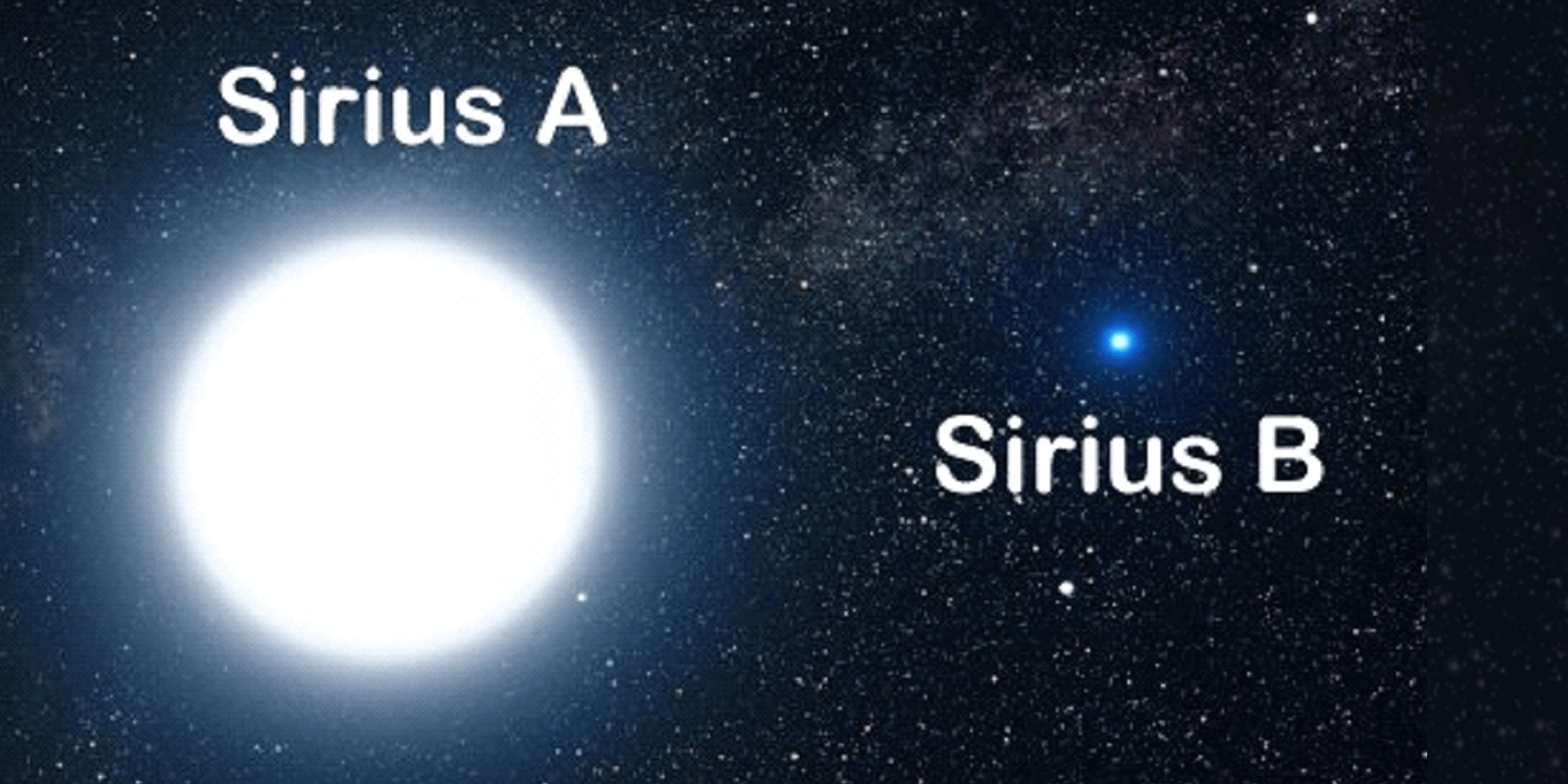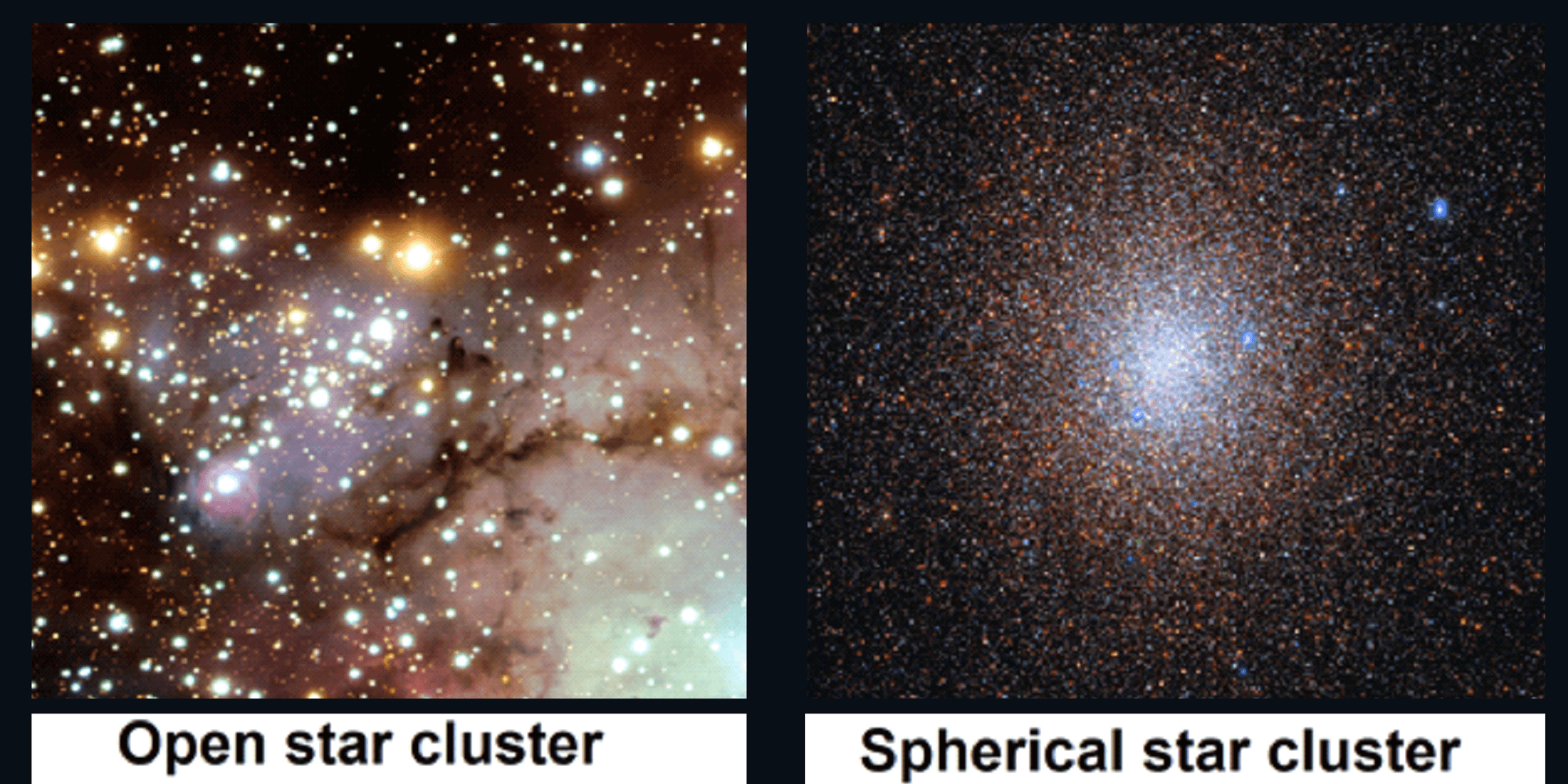Menu
Physics Lesson 22.6.4 - Hierarchic Structures in the Universe
Please provide a rating, it takes seconds and helps us to keep this resource free for all to use
Welcome to our Physics lesson on Hierarchic Structures in the Universe, this is the fourth lesson of our suite of physics lessons covering the topic of Galaxies and Hierarchic Structures in the Universe, you can find links to the other lessons within this tutorial and access additional physics learning resources below this lesson.
Hierarchic Structures in the Universe
From the information we have covered it is clear that galaxies are large families of stars that rotate around their own centre due to the effect of gravitational forces. Stars move either alone or in groups. Thus, the Sun is a lone star; no other star accompanies the Sun in its trajectory around the centre of the Milky Way except the other components of the solar system such as planets, natural satellites, asteroids, etc. This is not the case of stars located in the spherical halo groups in the Milky Way or in other galaxies; they move, altogether, in their long trajectory around the centre of the corresponding galaxy. Most of the stars in the universe move in groups.
Careful observations made by astronomers have led to the conclusion that, in most cases, the movement of stars around the centre of their corresponding galaxy occurs in pairs. They form a system of stars known as binary stars which consist of two stars orbiting around their common centre of gravity. During this movement, they follow the Kepler Laws discussed in previous sections. As for the movement around the centre of galaxy, they move as a single object. For example, the brightest star in the sky, Sirius A, is a binary star as its motion is associated with a white dwarf called Sirius B. This is shown in the figure below.

In tutorial 22.1 "The Earth and the Planets" we have pointed out that if Jupiter was 10 times larger than it actual size, it would have meet the conditions to be a star of main sequence; the Solar System therefore would have had two stars. In this case, our Solar System would have been a binary star system. Due to higher gravitational effect, thermonuclear fusion reactions would have been activated in Jupiter in such conditions.
Stars also exist in groups of three, four, or even tens, hundreds and thousands. When the number of stars in a group is large, they are known as clusters. Clusters form in two seperate types: open and spherical clusters. Pleiades and Hyades are examples of open star clusters. The dimensions of open clusters may reach tens of thousands of light years. As for spherical clusters, they exist mainly in galaxy halos and contain anything between a few hundred thousand to millions of stars. Stars are much closer to each other in spherical clusters than in open clusters.

All groups of stars share a common feature: they revolve, altogether, around the centre of their galaxy, this includes lone stars like the Sun. This means the process of creation of the solar system components is not very different from that of stars. The difference lies only in the low and insufficient dimensions and temperature of planets, which prevent them becoming stars in the future.
You have reached the end of Physics lesson 22.6.4 Hierarchic Structures in the Universe. There are 7 lessons in this physics tutorial covering Galaxies and Hierarchic Structures in the Universe, you can access all the lessons from this tutorial below.
More Galaxies and Hierarchic Structures in the Universe Lessons and Learning Resources
Whats next?
Enjoy the "Hierarchic Structures in the Universe" physics lesson? People who liked the "Galaxies and Hierarchic Structures in the Universe lesson found the following resources useful:
- Hierarchic Structures Feedback. Helps other - Leave a rating for this hierarchic structures (see below)
- Cosmology Physics tutorial: Galaxies and Hierarchic Structures in the Universe. Read the Galaxies and Hierarchic Structures in the Universe physics tutorial and build your physics knowledge of Cosmology
- Cosmology Revision Notes: Galaxies and Hierarchic Structures in the Universe. Print the notes so you can revise the key points covered in the physics tutorial for Galaxies and Hierarchic Structures in the Universe
- Cosmology Practice Questions: Galaxies and Hierarchic Structures in the Universe. Test and improve your knowledge of Galaxies and Hierarchic Structures in the Universe with example questins and answers
- Check your calculations for Cosmology questions with our excellent Cosmology calculators which contain full equations and calculations clearly displayed line by line. See the Cosmology Calculators by iCalculator™ below.
- Continuing learning cosmology - read our next physics tutorial: Astronomical Measurements and Observations
Help others Learning Physics just like you
Please provide a rating, it takes seconds and helps us to keep this resource free for all to use
We hope you found this Physics lesson "Galaxies and Hierarchic Structures in the Universe" useful. If you did it would be great if you could spare the time to rate this physics lesson (simply click on the number of stars that match your assessment of this physics learning aide) and/or share on social media, this helps us identify popular tutorials and calculators and expand our free learning resources to support our users around the world have free access to expand their knowledge of physics and other disciplines.